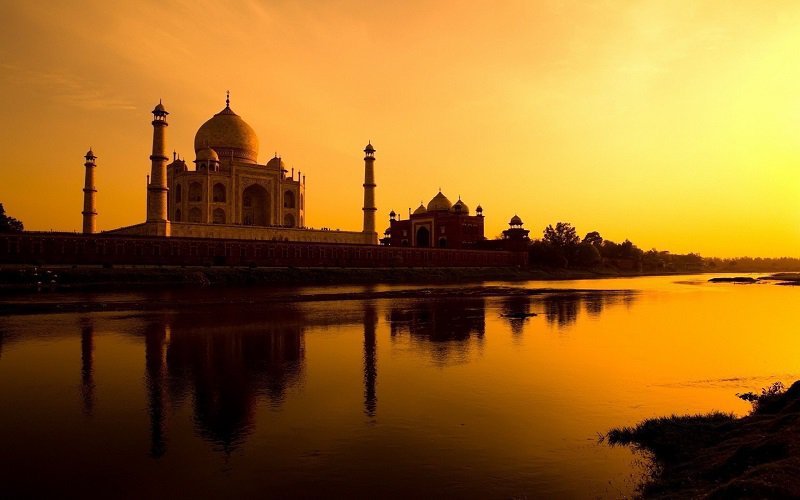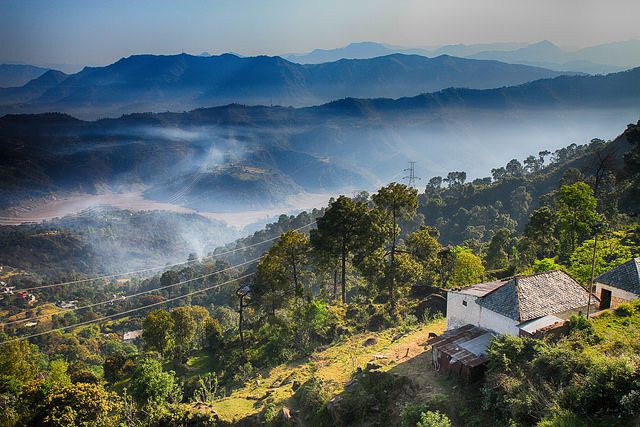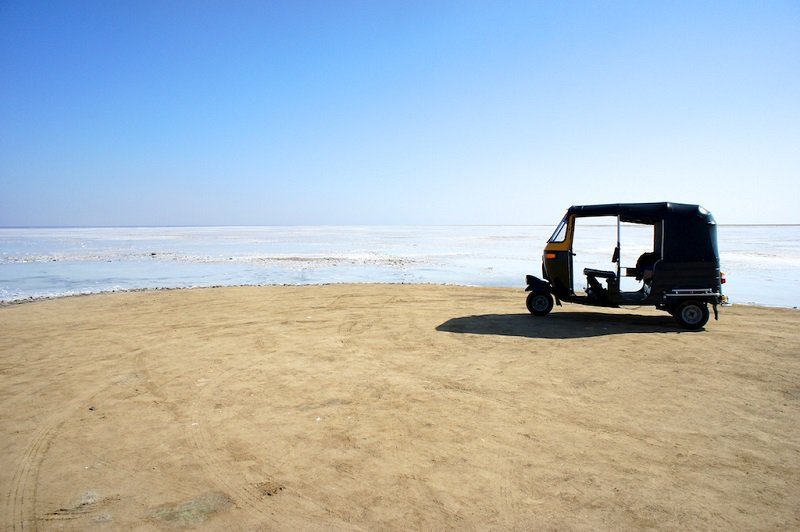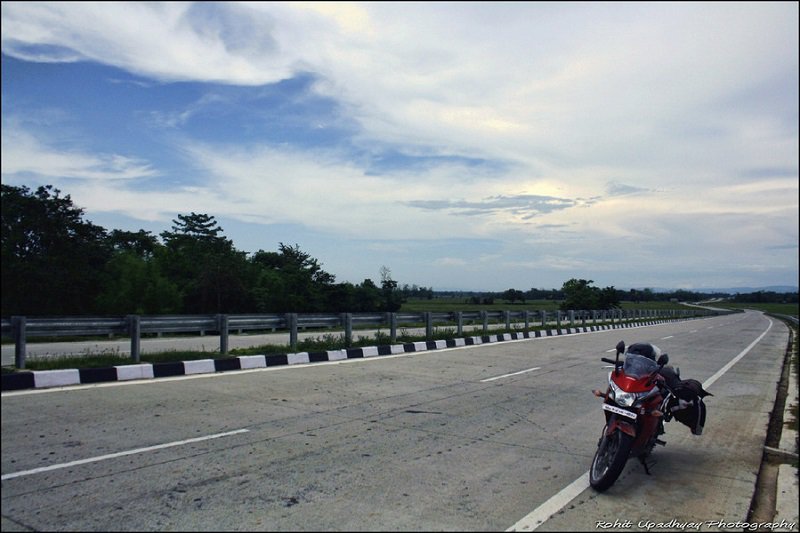Yes, India is a beautiful place and it has lots to offer to those who're looking for the best of history, nature, culture and everything in between. But there are some amazing places in this country that desperately need us to work to preserve them and sadly, we seem to have dropped the ball somewhere.
So, here's a list of places you might want to visit while they still exist, which unfortunately, won't be for long.
1. Rakhigarhi, Haryana - The largest city in the Indus Valley Civilization
This village in Hisar district in Haryana is an archaeologist's dream. In 1963, archaeologists discovered that this was the site of the largest city in the Indus Valley civilization, much larger than the sites found around Mohenjodaro and Harappa. Although the site was excavated for three winters since 1997, it was stopped due to a CBI investigation for claimed misallocation of funds. Also, the lack of maintenance has rendered the boundary wall useless letting locals steal ancient artifacts from the site and sell it to interested buyers.

2. Rama Setu, Tamil Nadu - Limestone Shoals connecting two nations
Also known as Adam's Bridge, Rama Setu is a chain of limestone shoals that connects Dhanushkodi in India and Mannar Island in Sri Lanka. Legend has it that it was the bridge built by Rama's Vaanar sena. While that is still conjecture, the sad thing is the planned Sethusamudran Shipping Canal Project by the Indian government threatens the existence of this natural wonder.

3. Sundarbans, West Bengal - The two faces of Mother Nature
The Sundarban Delta is one of the most fascinating places in the world if you're into nature and wildlife. Home to the largest mangrove forest it is also famous for the now endangered Bengal Tiger. But nature has a dark side too. The delta is in a low lying region which puts it at great risk of annihilation by being submerged underwater. Add to that the growing impact of global warming (it's not a myth, people!) and the rising sea level, this beautiful region could soon be history.

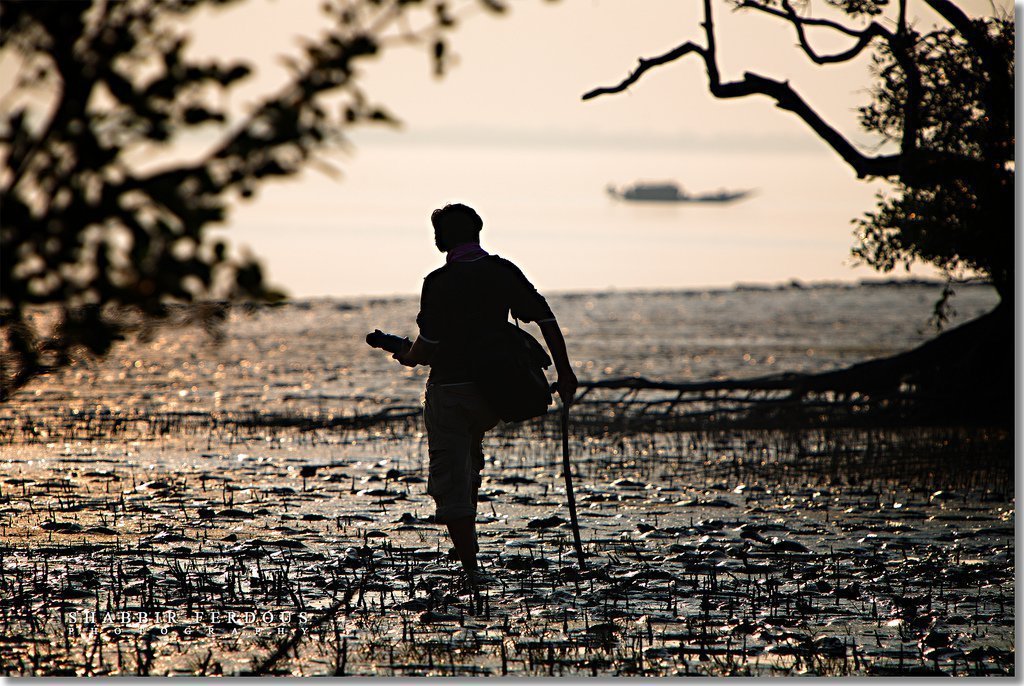
4. Chiktan Castle, Jammu & Kashmir - Right out of a Fantasy Novel
Yes, it's located in the Kargil region, so it's not exactly a "tourist" spot. But that doesn't mean it's not worth preserving. One look at the castle and you would be amazed by the craftsmanship of the builders from Baltistan (in Pakistan) who built this magnificent structure in the 16th century.

Most of the walls are almost or partially destroyed now, owing to lack of maintenance and the harsh weather in the region. Also, sometime in the 20th, stone from the structure was used to build a public hospital.
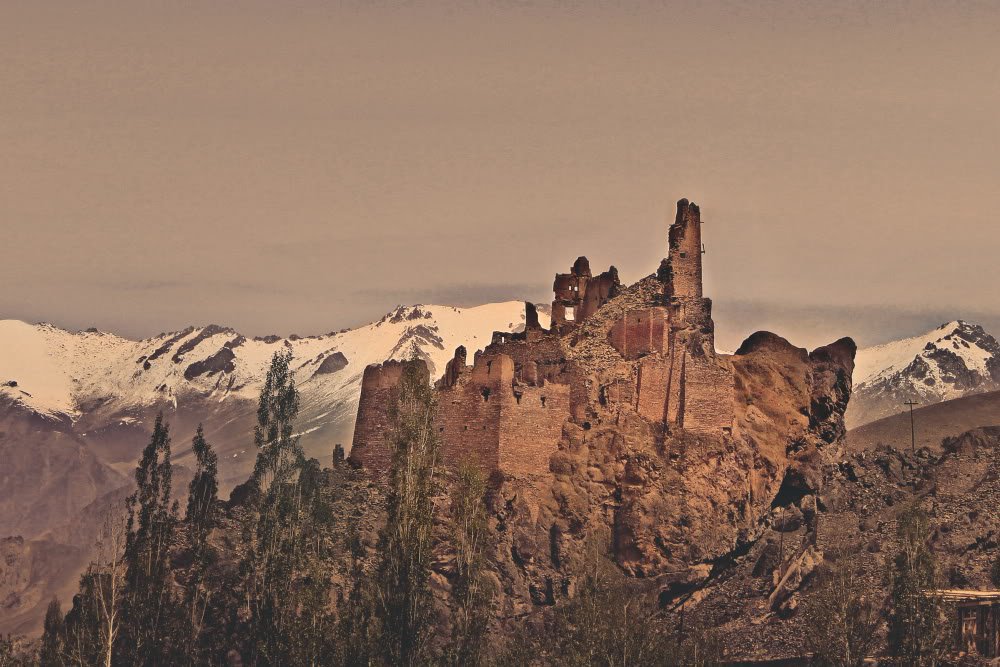
5. Dechen Namgyal Monastery, Jammu & Kashmir - a fortified place of spiritualism
A 17th century Buddhist monastery or gonpa , this magnanimous fortified structure was built along the Ladakh trade route by Ladakhi King Sengge Namgyal with assistance from Tibetan priest Stag-Tsang-Ras-Pa. Because it's so difficult to reach, the much needed restoration work has suffered over the years. The ten monks who pray there, do what they can to keep it standing with help from the locals in Hanle village.

6. Shimla Civic Centre, Himachal Pradesh - the pretty side of our colonial past
When the British turned their attention to Shimla as a potential summer retreat, a slew of colonial style buildings were erected which gave the town its unique look. This included the Christ Church, the Telegraph Office and the greystone Town Hall. But over the years, unplanned development and lack of proper maintenance has turned the colonial hill town into an urban eyesore, which is sad because otherwise it is a picturesque place. The Civic Center in Shimla is one of the four Indian buildings to be featured on World Monuments Fund's "at risk" list.

7. Kothi at Qila Mahmudabad, Uttar Pradesh - the best of Awadhi culture
This kothi located in Mahmudabad town in Sitapur district in Uttar Pradesh is a classic example of Awadhi architecture. Built in 1677 under the rule of Raja Mahmud Khan, a descendant of the first Caliph of Islam, this structure was completely destroyed by the British in 1857 during the First War of Independence but was quickly rebuilt soon after. But over the years, the high cost of upkeep of this huge structure (67, 650 square feet) and seismic events have greatly deteriorated the kothi's condition. It is one of the other four Indian structures on WMF's endangered list.

8. Jaisalmer Fort, Rajasthan - a magestic structure struggling with modernity
One of the largest fortifications in the world, the Jaisalmer Fort in Rajasthan is a pride of the Rajputs in India. Amazingly, several families still live within the premises of the fort and it is also a major tourist attraction. Due to rising population and the introduction of modern plumbing (something that could not have been taken into account when the fort was built in the 12th century), the fort is deteriorating. And yes, this too is on that WMF watch list.
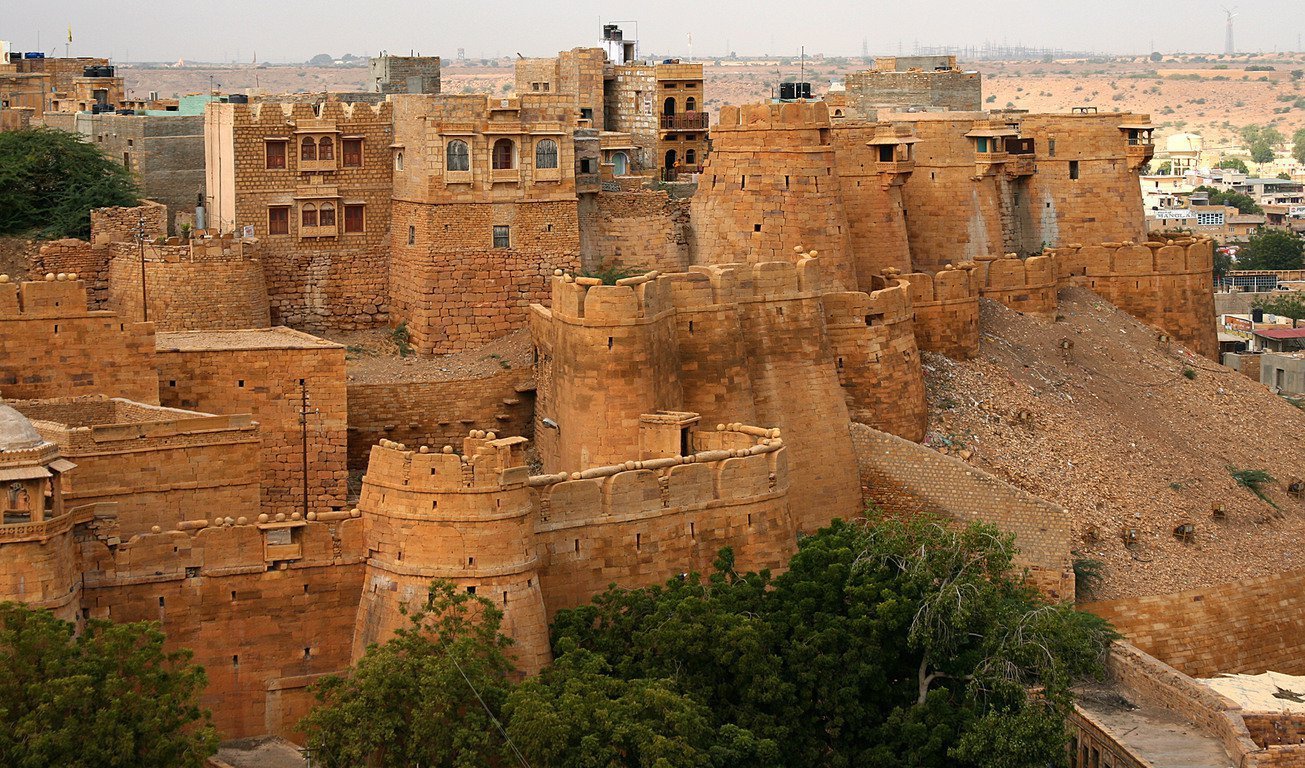
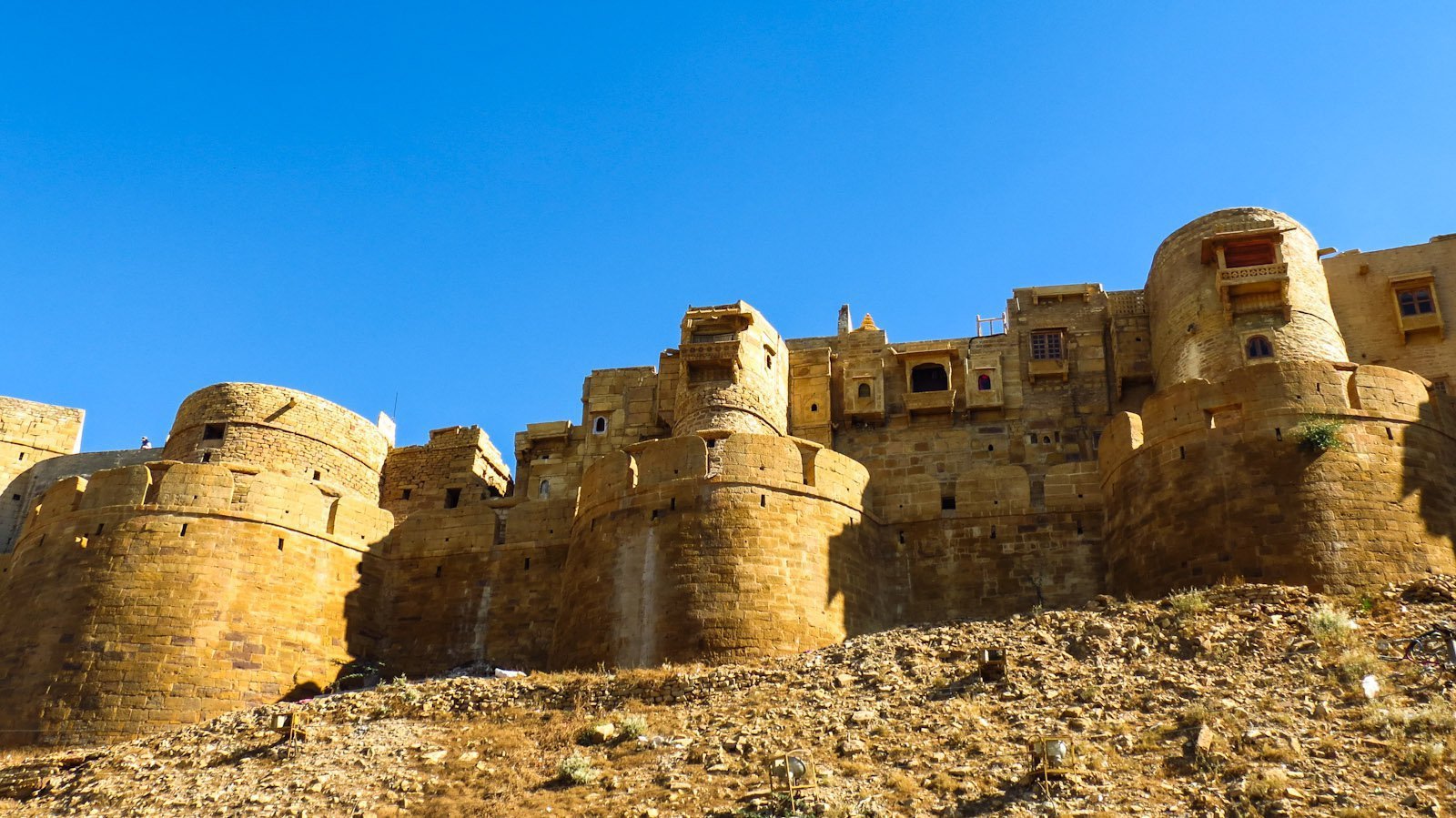
9. The Western Ghats - Nature vs Development
The greenery of the Western Ghats along the west coast of India cannot be overstated. It is home to various kinds of animals and plant species. The adivasi people have also been living in this region for hundreds of years. But in the name of development, many areas of the Ghats are now exposed to builders and naturally, this threatens the basic core of the region. For example, the Mumbai-Pune expressway, which is praised by so many of us, cuts right through the hills affecting the bio-diversity of the forested land.
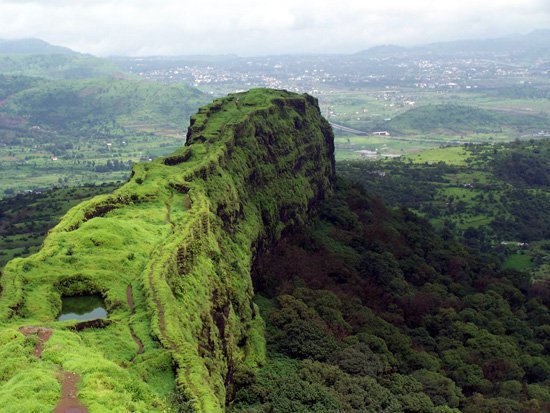
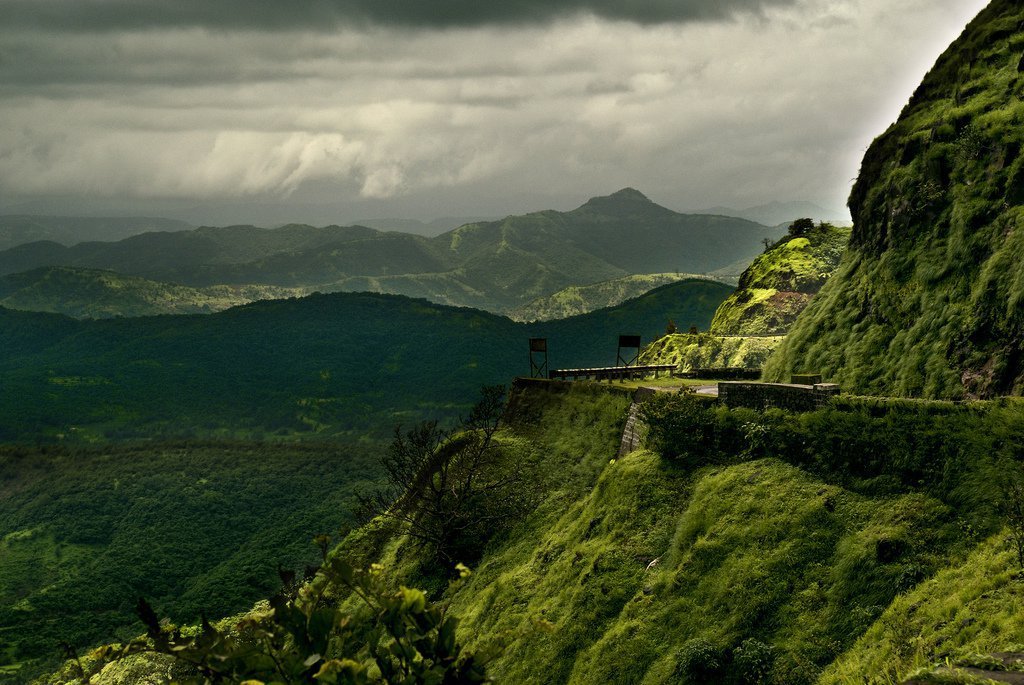
10. Balpakram Forest, Meghalaya - Where departed souls are said to rest
The Balpakram National Park or forest is located in the southern part of Meghlaya. Home to the local Garo tribe, local legend has it that this is where the souls of the departed go to rest. An environmentalist's delight, the green gorges are abundant with wildlife, such as wild water buffaloes, red pandas and various species of wildcats.
But due to water dams and coal mines, the forest area is receding everyday, which is drastically threatening the existence of all the animals in the region.
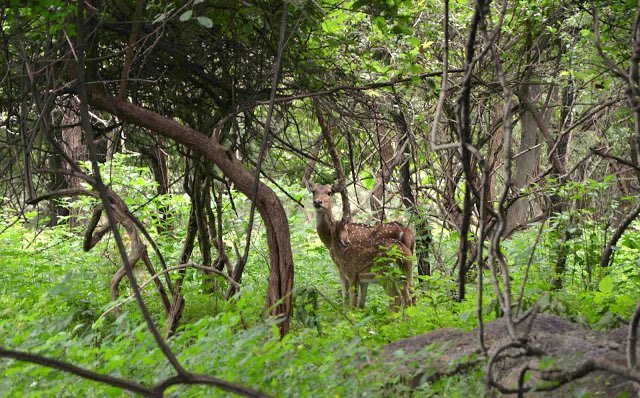
11. Coral Reef, Lakshadweep - the beauty under the surface
If you have ever gone snorkeling in Lakshadweep, you'll know how amazing the coral reefs in the region are. But the excessive amount of blast fishing, coral mining and change in navigation paths is putting these in danger. Add rising sea level due to global warming to the hate-list and you'll realize how the bleak the future of the region is.
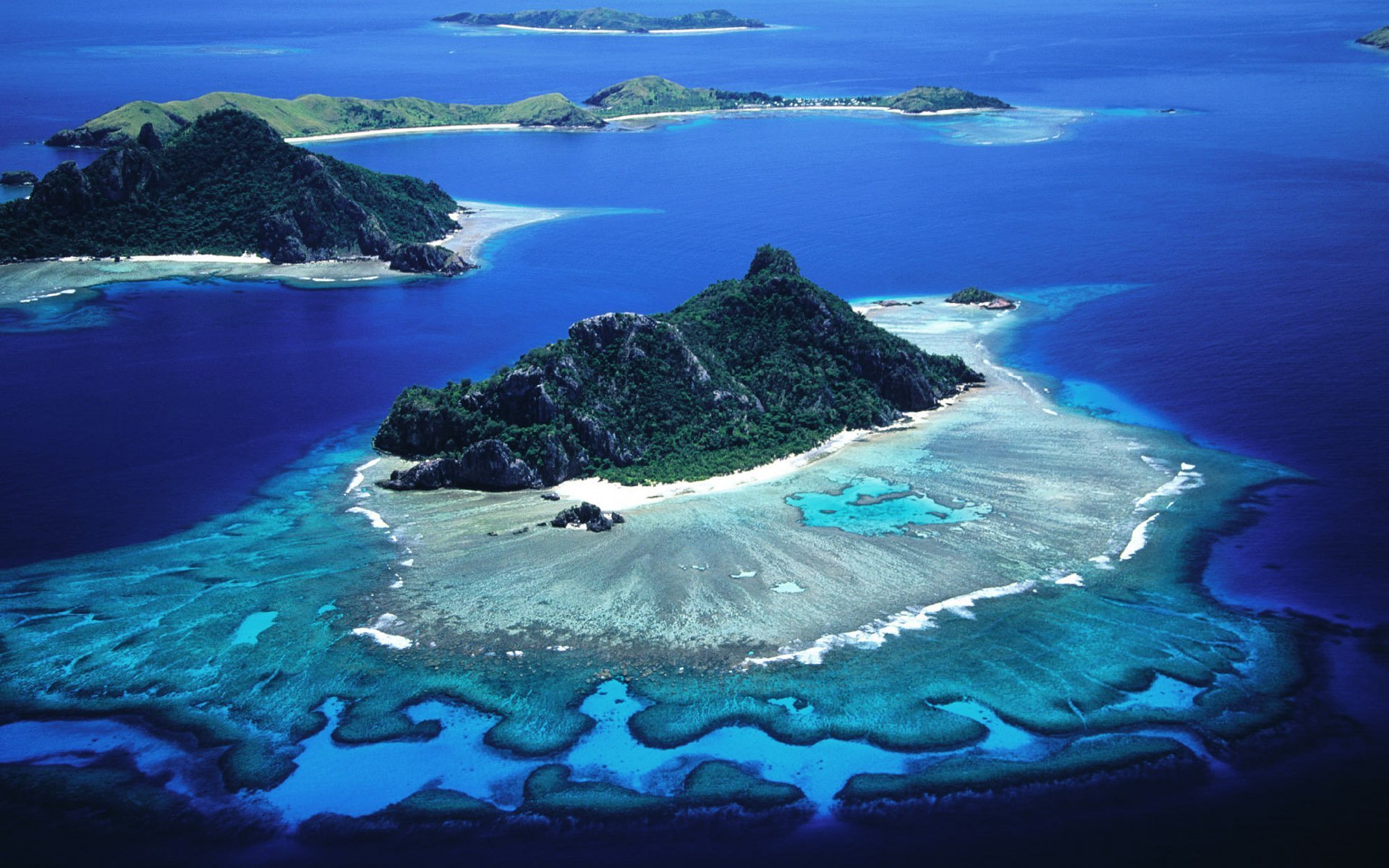
12. Majuli, Assam - the largest river island and it's shrinking
Majuli, in upper Assam, is one of the most diverse wildlife regions in India. Elephants, tigers, deer, rabbits, snakes, buffaloes and different kinds of birds, have made the largest river island in the world their home. The tragedy is, the island is shrinking. Deforestation resulting is massive erosion has reduced the area of the island from 483 sq km to 421 sq km. Some surveys show that at this rate, within 15-20 years, Majuli might even cease to exist.
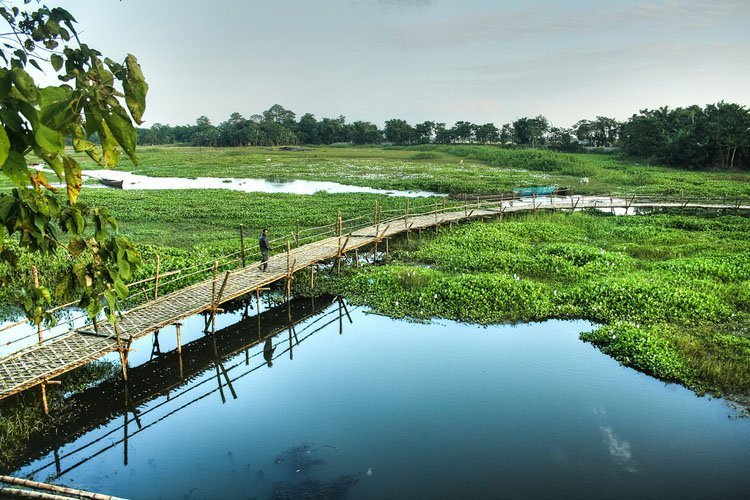 Source - GourabDasPhotography
Source - GourabDasPhotography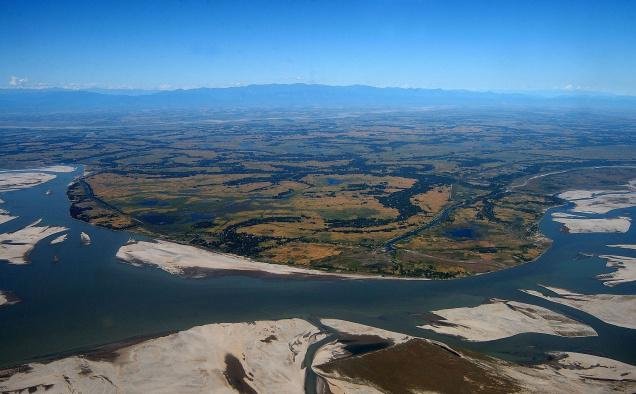
13. Bhitarkanika Mangroves, Odisha - where man's greed triumphs the animal's need
Home to the King Cobra, python, white crocodile and even the Olive Ridley Turtle, Bhitarkanika Mangrove should ideally have been a well maintained wildlife sanctuary. But there are reports of corrupt guards accepting bribes to let in outsiders who have been felling trees in the region for some time now. If this goes on for long, soon these animals will have nowhere to go.

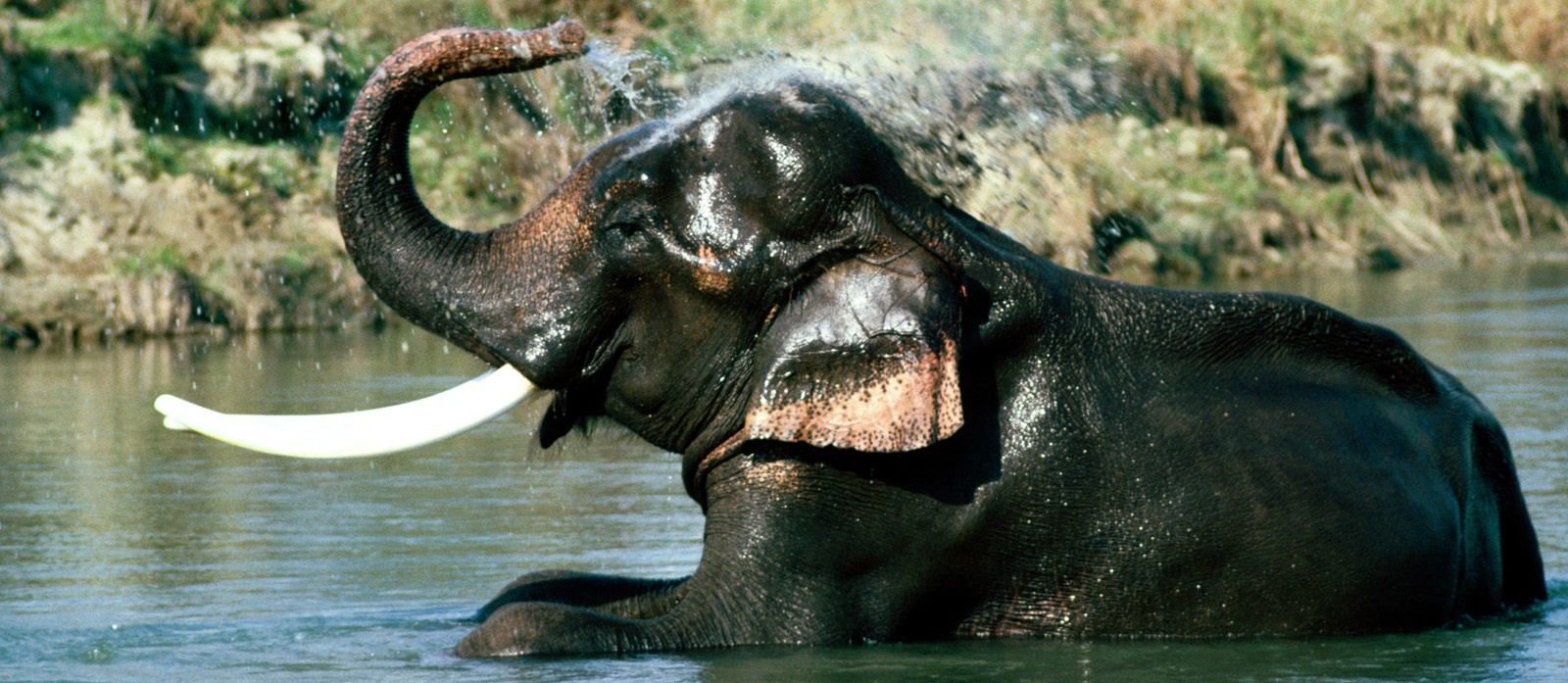
14. Valley of Flowers, Uttarakhand - Strictly for trekkers
They were right when they said 'beauty can be a cruel mistress'. The Valley of Flowers in Uttarakhand is so beautiful that it attracts a lot of tourists, and that is the biggest threat to the region. There is a thin line between an ideal trekking destination and a burgeoning tourist hub and we seem to have crossed that when it comes to Valley of Flowers.
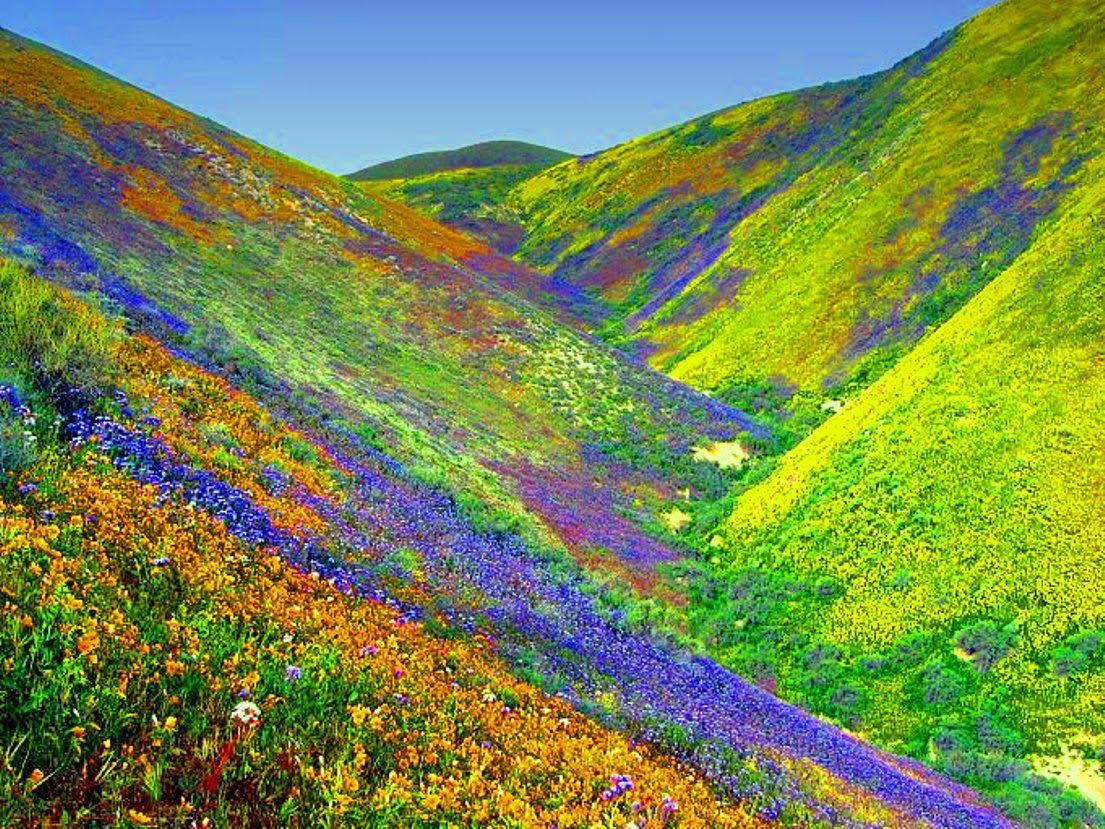
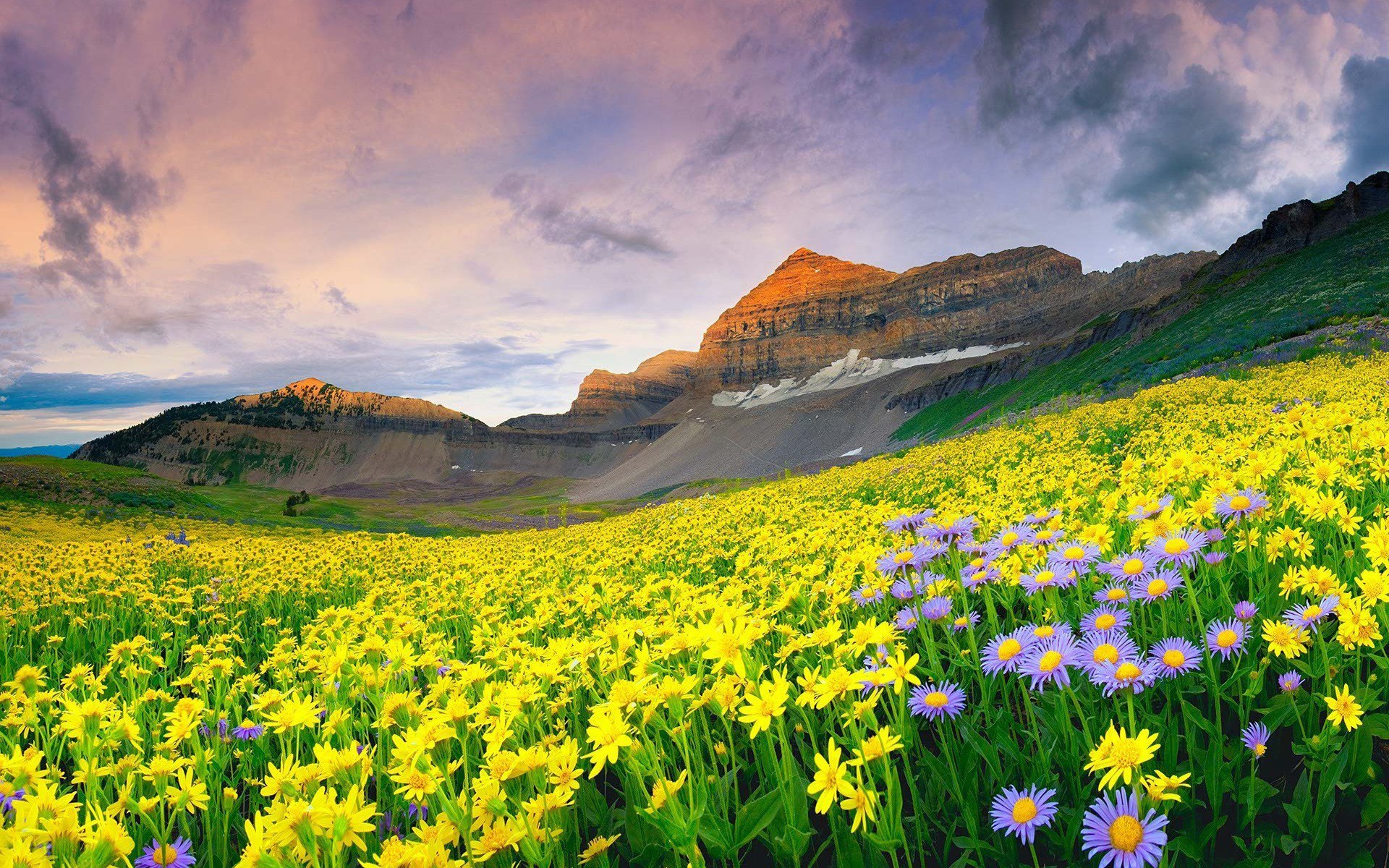
15. Kaziranga, Assam - proving man's conscience is thicker than the rhino's skin
The Rhinoceros has become synonymous with Assamese pride and yet, the irony is, in Kaziranga, local poachers are the biggest threat to the animal. Once an abundant population of one horned rhinos existed in Kaziranga, along of other animals. But now, only around 3000 of them are said to exist. The area of the National Park too is decreasing, because people are settling in too close to the edges. Less people, more rhinos, I say.
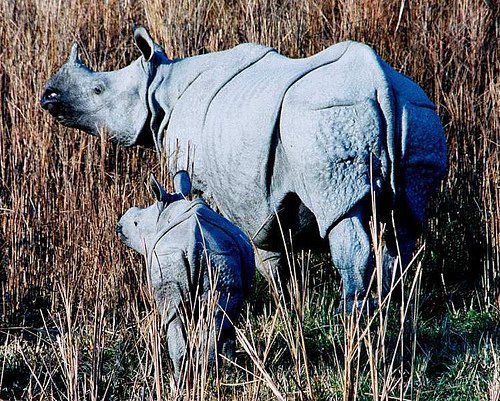
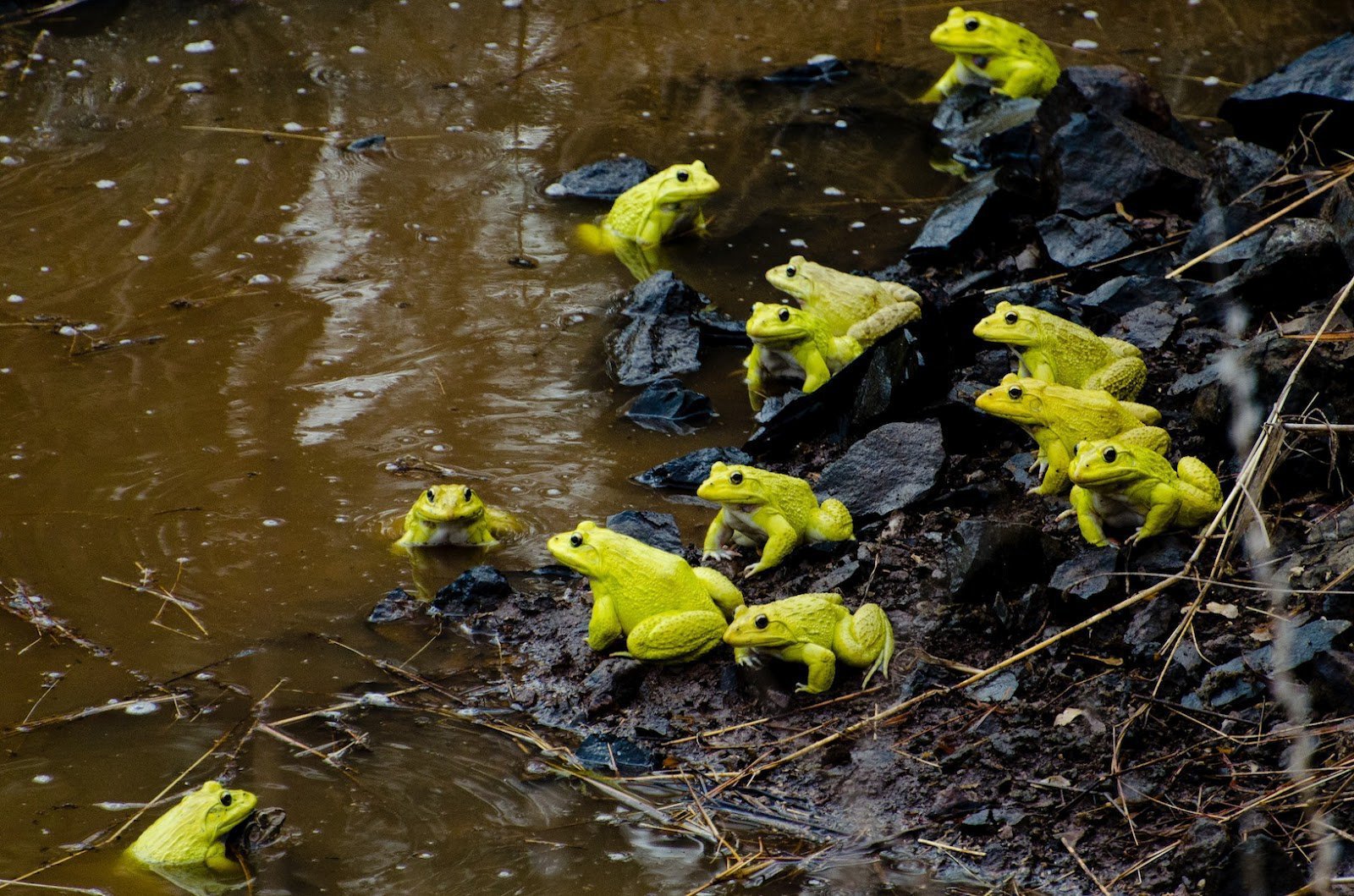
16. Dachigam National Park, Jammu & Kashmir - where a rare species is caught in the crossfire
Dachigam National Park is just 22 kms away from Srinagar and it is home to the rare Hangul (Red Stag) species of deer. According to a survey done in 2011, only about 300 of them live today. The political turmoil of the region has a lot to do with it. The locals graze their cattle in the Hangul's terrain which leaves less for the deer. On top of that, it is said that during the peak of terrorism in the region, the insurgents often hunted the deer for meat.
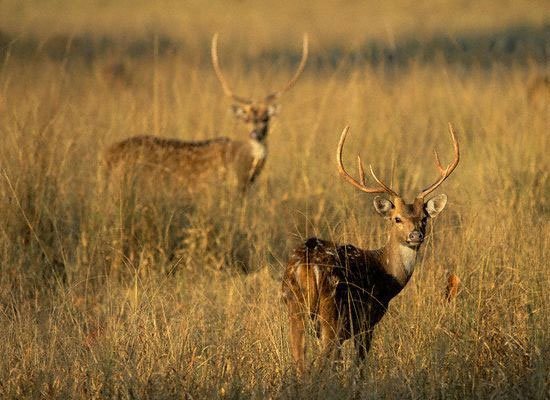
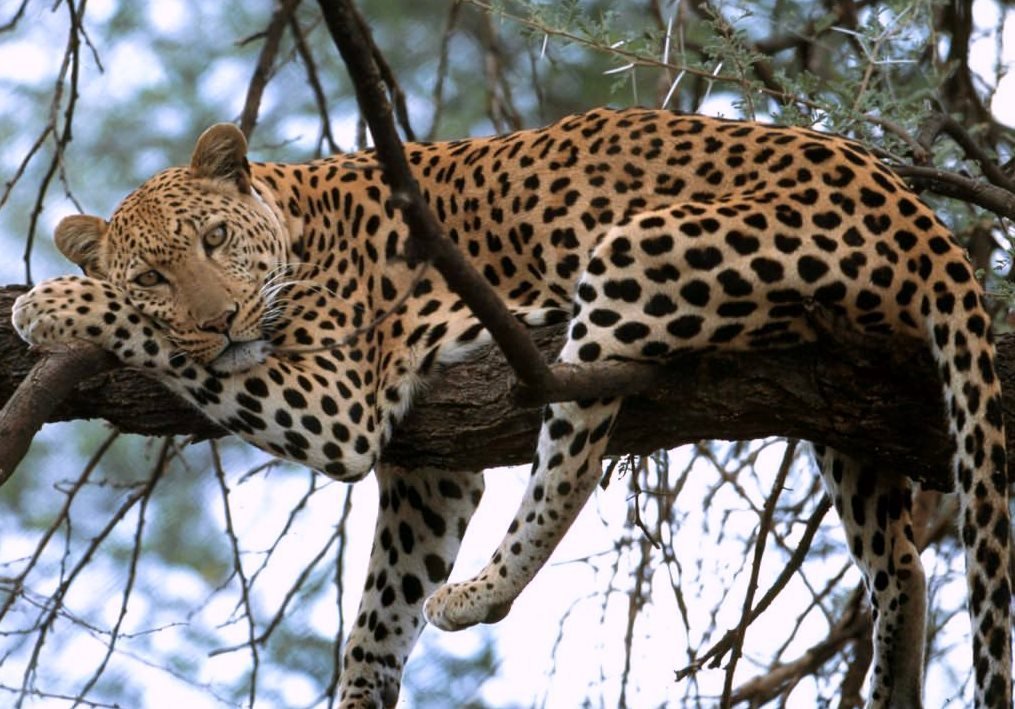
17. Hemis National Park, Jammu & Kashmir - the Snow Leopard's playground
The Eastern Ladakh region houses the Hemis National Park whose undiputed superstar is the now endangered Snow Leopard. About 200-600 are still said to be roaming around the higher regions of the park. If you ever happen to that part of the country, make sure you catch a glimpse before the elusive animal (and the park by extension) ceases to exist. Rough terrain, yes, but well worth it.
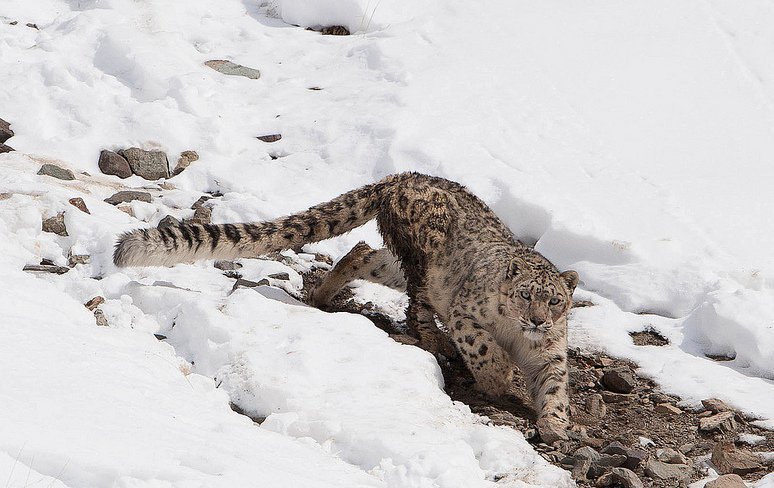
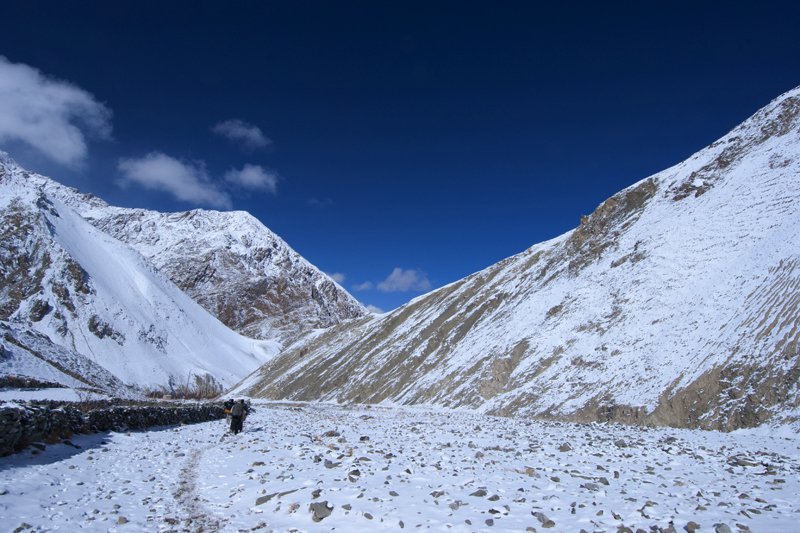
18. Sasan Gir Forest, Gujarat - where lions are making a comeback
The Sasan Gir National Park, or Gir forest, is home to the majestic Asiatic Lion. It is listed as an endangered animal but thankfully the number is steadily growing thanks to some artificial insemination measures undertaken by Sakkarbaug Zoo in Junagadh. Tourism has been curbed in the region by some extent to preserve the natural essence of wildlife, but some areas are still open to outsiders. Visit it when you have the chance to do so.
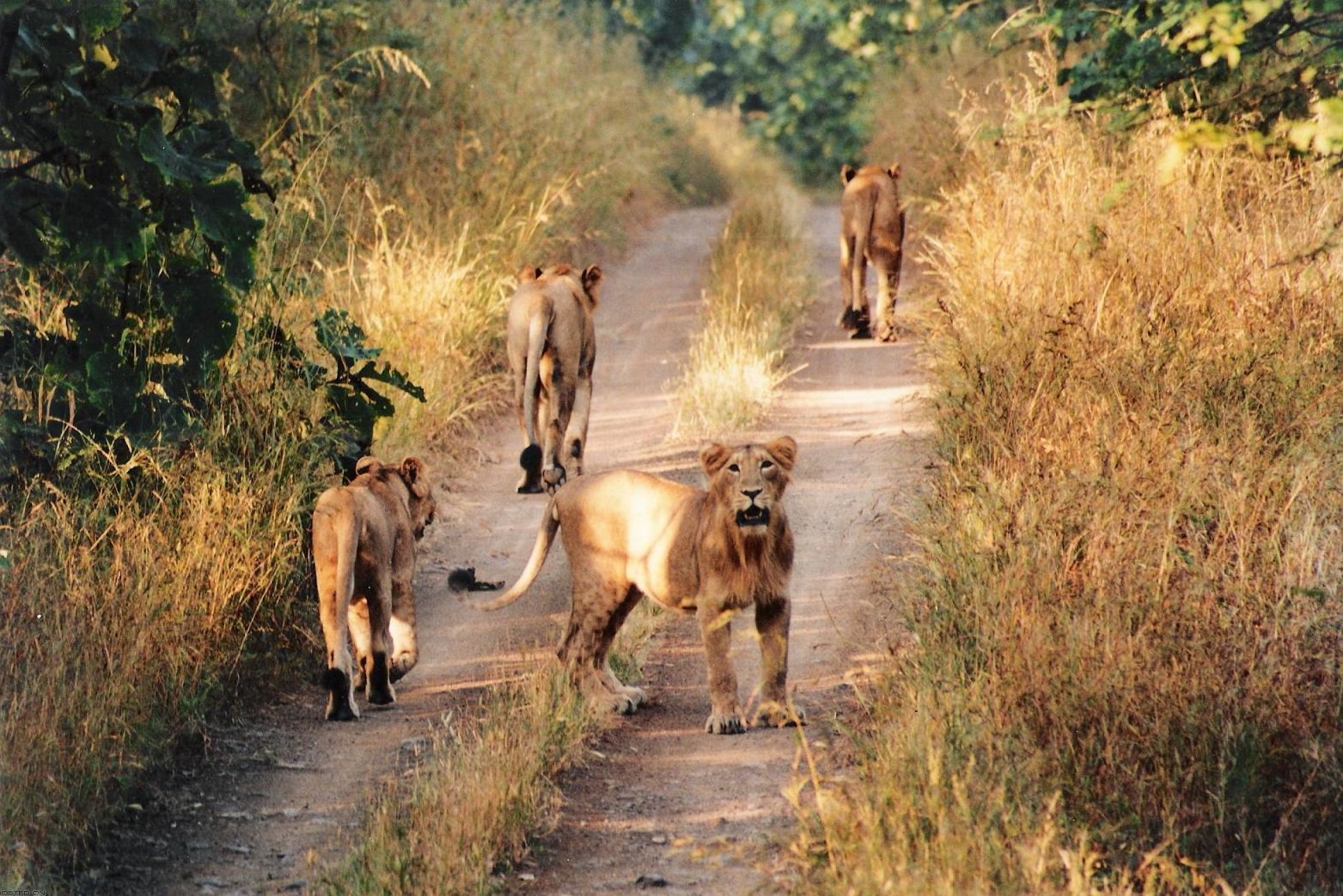
19. Wular Lake, Jammu & Kashmir - the shrinking lake
Wular Lake in Kashmir is one of the largest fresh water lakes in the world and it regularly hosts water sports for locals and tourists. But it is shrinking due to pollution and the hunting to waterfowl. Enjoy the sights of this grand water body while it lasts. There is a plan to fell 2 million tress to increase the size of the lake, but that will take some time. And even so, the idea that trees need to be cut down to preserve a natural body, seems a bit bizarre. But maybe it's just me.
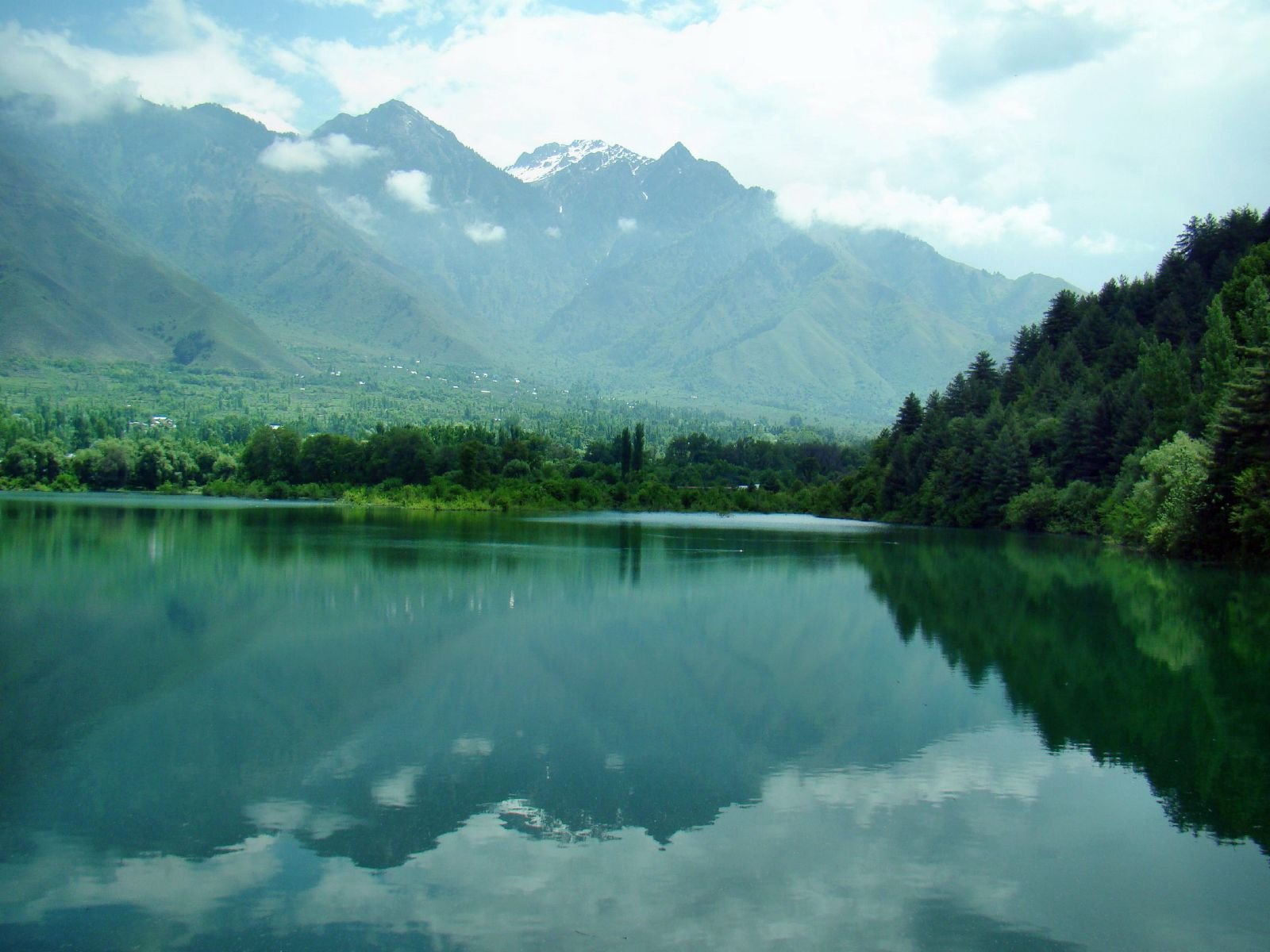
20. Taj Mahal, Uttar Pradesh - time for a clean-up act
To outsiders, the Taj Mahal has become a symbol of India, which is great thing but we Indians do not seem to have the same amount of respect for one of the wonders of the world. Whether it's the dirty river next to the structure or our love of scribbling our lovers name on monuments, we seem to have ticked all the wrong boxes. Time to buckle up and help preserve this beautiful symbol of love.
